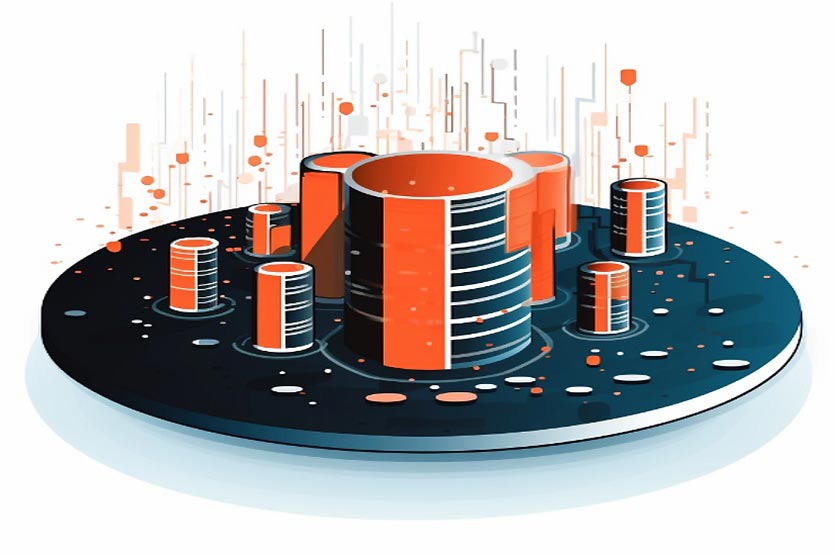As the CEO of GenAI Services, I have had the privilege of witnessing firsthand the powerful capabilities of large language models (LLMs) such as ChatGPT. These models can generate high-quality text that is immensely useful for a variety of applications, including chatbots, language translation, and content creation. However, LLMs are not without their limitations: their knowledge is bounded by the information contained in their training datasets. Consequently, they may struggle to provide accurate responses when prompted about information specific to your own organization, particularly when the language is highly technical or domain-specific.
To address this issue, I’m excited to share with you an innovative solution: augmenting our LLMs with custom documents by using document embeddings and storing them in a Vector Database. This process allows us to give context to ChatGPT with your own data, modifying the model’s behavior to provide context-aware responses. This is particularly valuable in applications where context is crucial, and it overcomes the impracticality of manually adding context to your prompts, especially when dealing with thousands of documents.
This approach essentially creates a “smart” chatbot that can navigate the nuances of your specific domain of interest, making it an excellent asset for businesses dealing with complex or specialized information.
For instance, let’s take a recent example where GenAI Services had the opportunity to work with a wellness anti-aging company. This company is known for its comprehensive dietary and lifestyle change programs designed to promote longevity and vitality. However, the company was facing challenges in assisting their clients with their numerous questions and keeping them motivated to commit to the changes recommended in the program. To address this, we developed and integrated a smart chatbot, powered by an LLM trained on the company’s rich content and client interactions. This chatbot was capable of answering a wide range of questions from clients about their dietary plans, exercise routines, and other lifestyle changes. Moreover, it was also programmed to provide motivational nudges and reminders to help clients stick to their programs. This personalized, context-aware assistance made the program more interactive and effective, leading to an increase in client commitment and satisfaction. This is just one example of how the integration of LLMs with private data can revolutionize customer experience and engagement in various industry sectors.
I will continue to explore this topic and will share more insights soon. Stay tuned for more exciting developments at GenAI Services!

